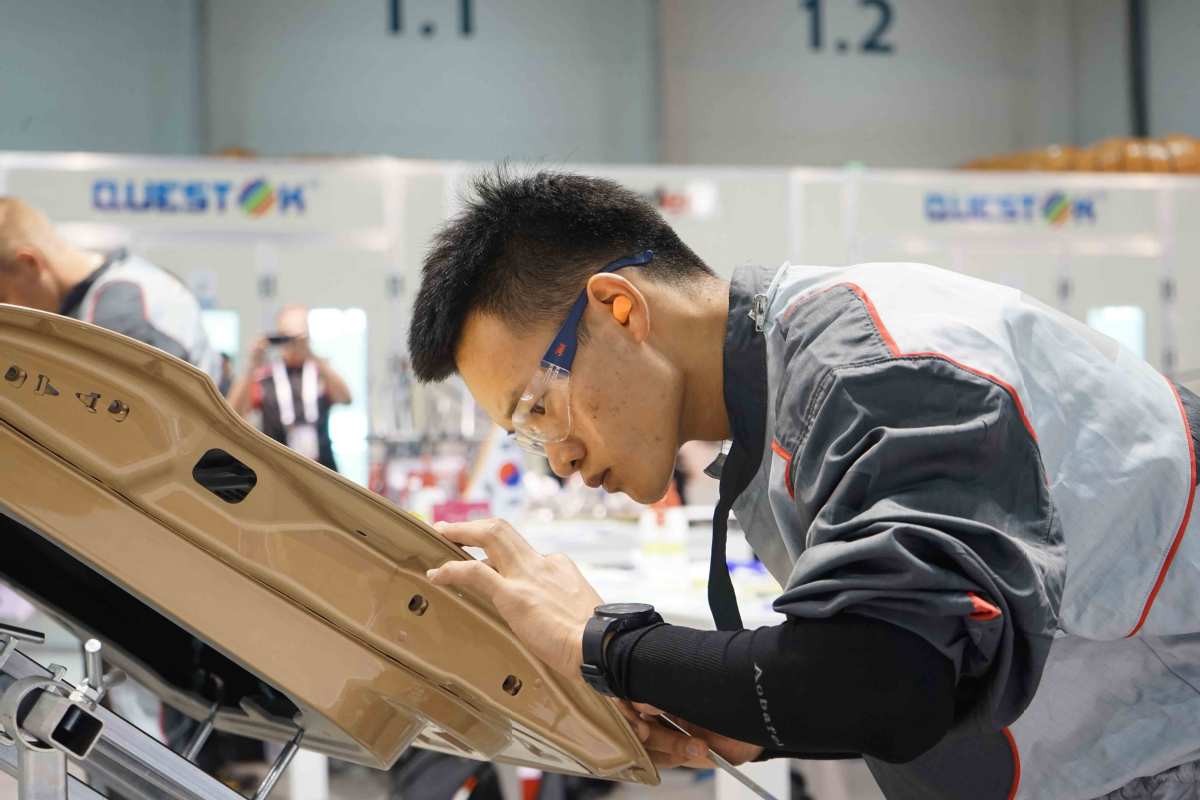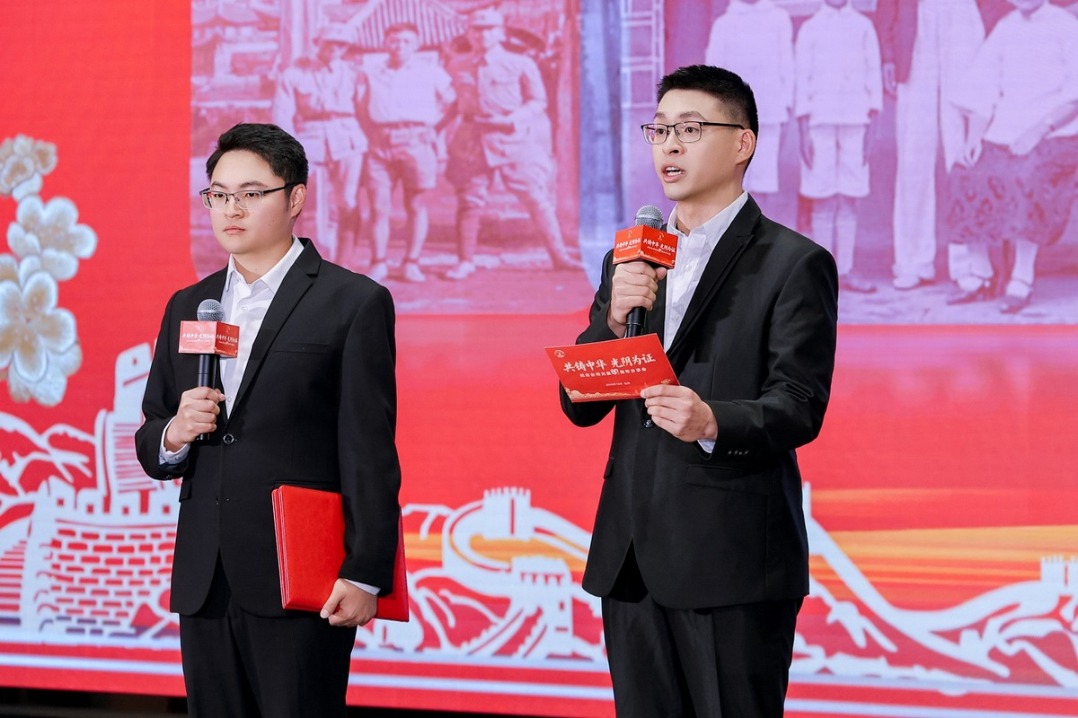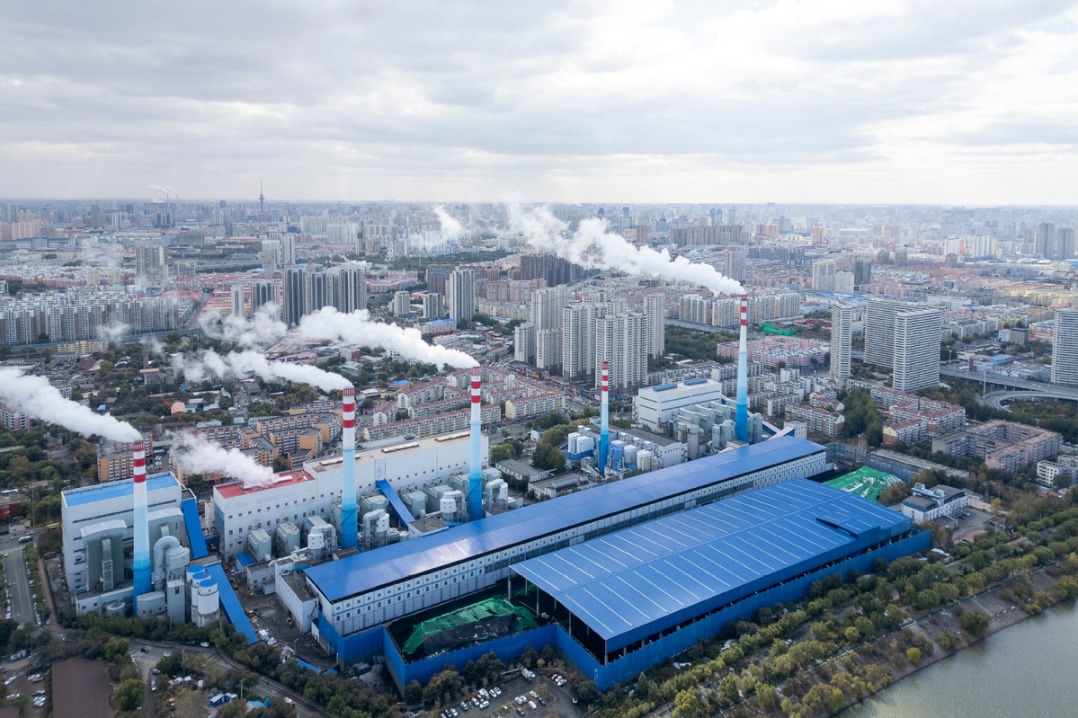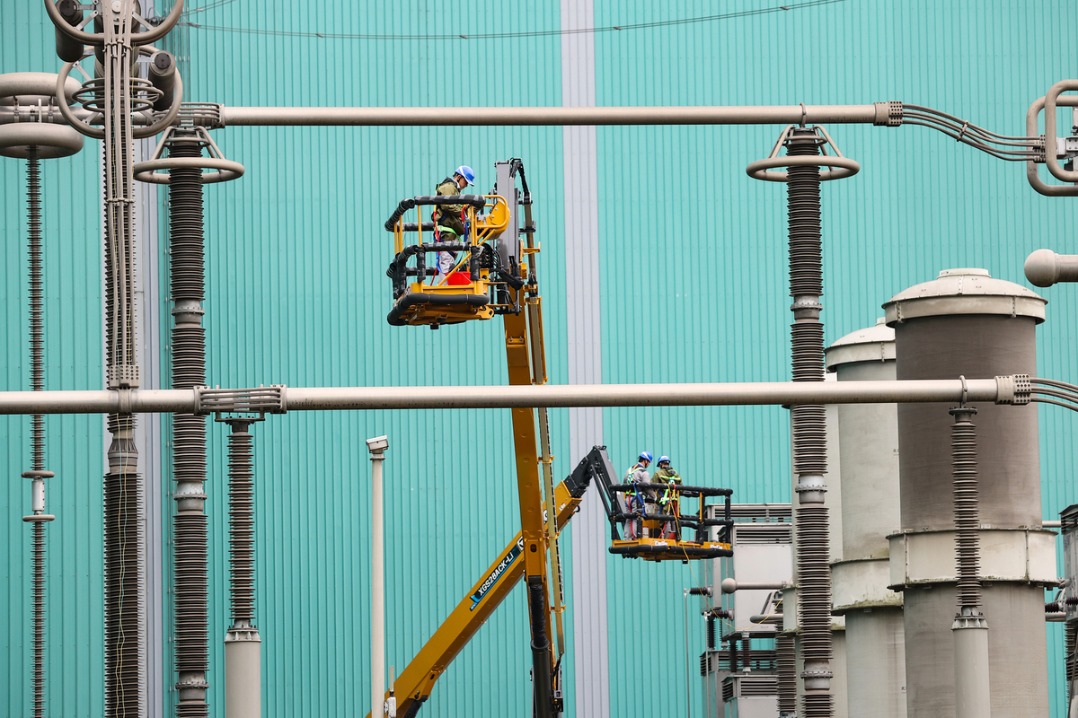Producing China's engineers of the future


Growing opportunities
Yuan Qiang, gold medal winner in the industrial control event at the 2017 WorldSkills Competition in Abu Dhabi, United Arab Emirates, said: "I can understand parents' concerns. Many of my classmates sought job opportunities in areas such as real estate and insurance because of the higher salaries."
The 20-year-old was employed as a teacher at Shandong Industrial Technician College soon after graduating from the establishment.
"Stereotypically, technicians do the dirtiest work, but receive the lowest salaries and are not respected. However, I still believe we share a promising future because the nation has a great shortage of skilled workers, especially those at the highest level," he said.
Yuan is now coaching six candidates for national trials to select the best competitors for the 45th World-Skills Competition, which will be held in Kazan, Russia, in August.
In the past decade, the government has stressed the need to train more skilled workers to improve the capabilities of the nation's manufacturing sector.
"The developing industries require higher-quality workforces," said Lin Bin, senior engineer at Shanghai Electric Hydraulics and Pneumatics. "Developing the nation into a manufacturing power is not only the business of engineers, but also skilled workers who can turn research into practice."
The call for quality has certainly been heard. For example, since 2012, Beijing has produced 200,000 highly skilled workers, 59 of whom have been recognized as industrial pioneers and have each received a onetime subsidy of 20,000 yuan ($2,984), awarded by the State Council.
Beijing has also developed a skilled workforce through workshops. About 37 State-level and 130 city-level workshops have been put into operation, and the apprentices are taught by the industry's top masters.
Geng Jiasheng, a senior lathe operator with Yunnan Metallurgical Kunming Heavy Industry, runs a workshop in Kunming.
"In 2012, my workshop was designated as a State-level training base by the Ministry of Human Resources and Social Security, and given 100,000 yuan," he said.
The 57-year-old has trained more than 500 apprentices. "We have done a lot of work, including developing new skills, training competitors for skills games and helping to raise levels of craftsmanship. Irrespective of the reputation or financial incentives I receive, it's an encouragement to all of us workers," he said.
Career development
According to the Ministry of Human Resources and Social Security - the nation's top guide for career development - there is still a shortage of skilled workers, which is proving a challenge to the upgrading of the nation's industries.
The ministry said the skilled population numbers about 165 million, accounting for just 21.3 percent of all employees in the manufacturing sector, while there are less than 48 million highly skilled workers.
The shortfall between workforce supply and demand is intensifying as a result of the transformation of the economic development model and technological reforms, the ministry said.
More worryingly, the shortage of skilled workers is gradually expanding from the eastern provinces to relatively undeveloped regions in central and western parts of the country, turning a seasonal problem into a perennial one.
In November, the ministry issued a plan focusing on the development of the skilled workforce to better ensure competence and narrow the gap between supply and demand.
"For the government, producing a skilled workforce involves several factors, including education, evaluation, selection and incentives," said Zhang, from the ministry.
"The fundamental method of narrowing the gap is to cultivate more skilled workers, but it's a hard task for both the companies and colleges. Every skilled apprentice is given an allowance of 4,000 yuan a year, and preferential policies have been made available to help companies produce quality workers."
He noted that vocational education has won great support from the central government.
"Technical colleges have grown into training bases for the most-needed talent. Their employment rate remains at 97 percent, and most of their students have six or seven job offers when they graduate," he said.
"Also, vocational colleges have adapted their courses to serve the advanced manufacturing industries, forsaking the old-fashioned dirty and painstaking stereotypes."
The development of a skilled, next-generation workforce has also attracted the attention of the Ministry of Education and the All-China Federation of Trade Unions to help secure a better environment for skilled workers, both in terms of learning techniques and rights protection.
The ministry and federation said they are working with the Ministry of Human Resources and Social Security to improve the financial and social status of skilled workers.
- Youth trace roots by sharing stories
- Food delivery platforms to do away with financial penalties, sparking debate
- Data show rising labor, business disputes
- Bocholt group visits Wuxi to honor friendship
- Domestic tourism sees major jump in visitors and spending
- Vibrant autumn colors attract tourists to Changchun park





































